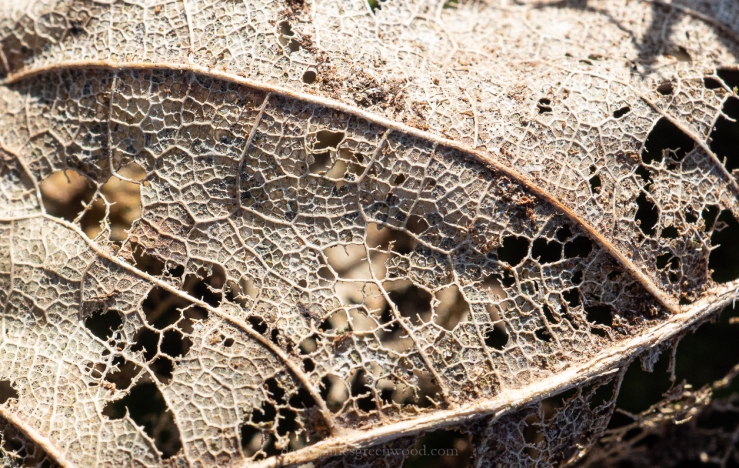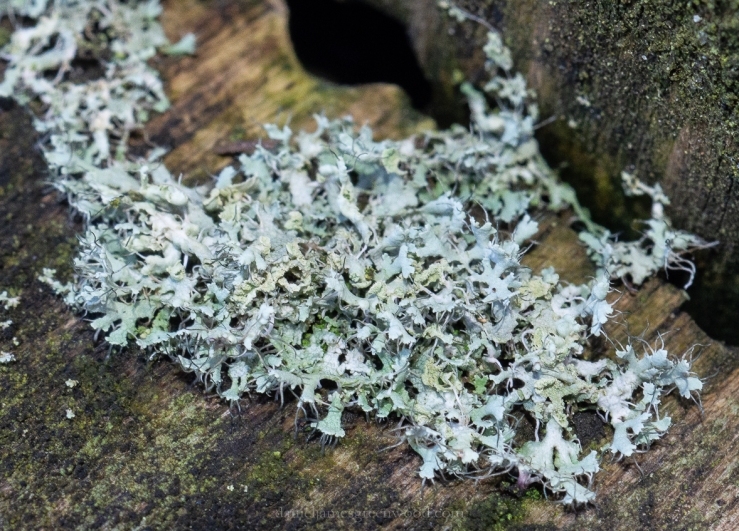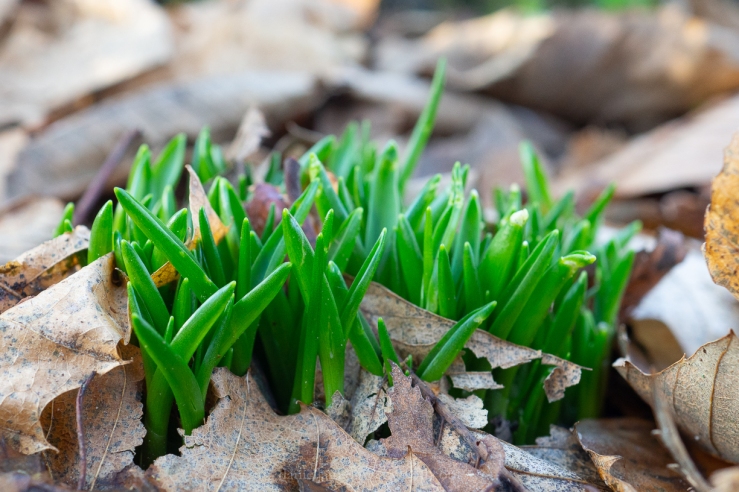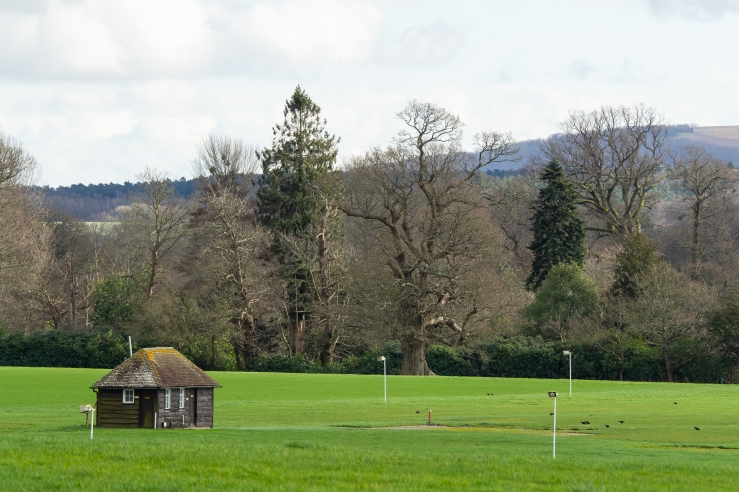
Fungi Friday 28th February 2020
A fungal perspective on February would probably say that it was ok if you live on a fence post. The poor people who have had their lives ruined by flooding in Britain probably wish they too live on stilts. And so February saw itself out with yet more heavy rain and flooding. But it also carried the early signs of spring.

The closest thing I got to a true fungus (whatevs that is) was this turkeytail fanning out from a fence post. It’s a reminder that to a fungus, a fence post is just a dead tree that we have put somewhere away from the woodland it was once growing in. There are also a smattering of crustose lichens in the background.

The best chance of finding something fungal to photograph was on some raised timber somewhere. I found this very marshmallow-like polypore bulging from a crevice in a fencing rail. You know times are hard when it comes to this. Behold the pores developing underneath as the specimen expands.

As you can imagine, the 100%-fungi fungi ran out quickly. This lichen stood out to me a bit like the archetypal graffiti you see alongside railway lines. I went to a secondary school with a rich mix of graffiti artists (I know that this is not a universally held description) and this reminded me of that.
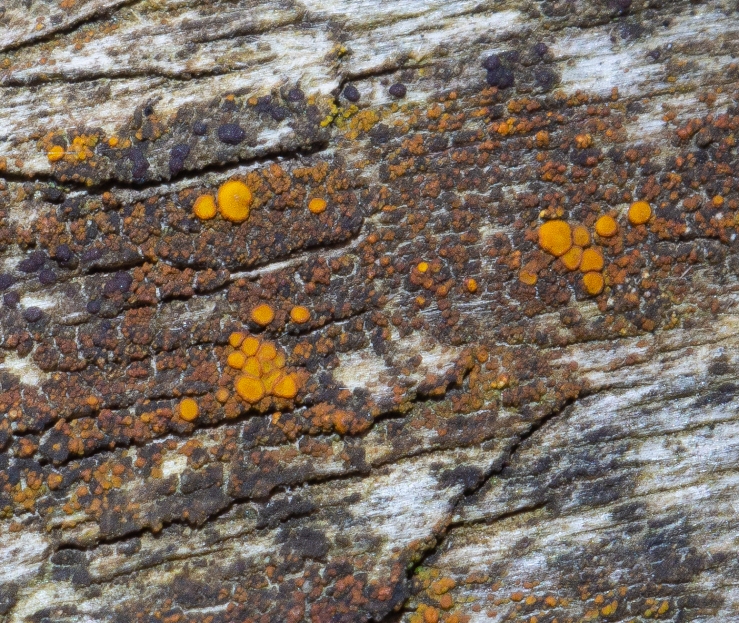
This is a heavy crop so the photo isn’t winning any awards, but the lichen’s orange fruiting cups are really cool. I read this week that these cups are ascomycetes in fungal terms, better known as ‘cup fungi’. Their biological name as a structure on the lichen is ‘apothecia’. The ascomycetes are the largest group of fungi in the world and are also known as ‘spore-shooters’ (but don’t confuse them with puffballs like I once did). Normal mushrooms are basidiomycetes and produce their spores in the basidia which are usually present inside the gills we all know and eat.

This is a pic from last week (is that allowed?) where you can see the apothecia of the lichen. The spores are released from these navy-blue discs and shot out into the air.
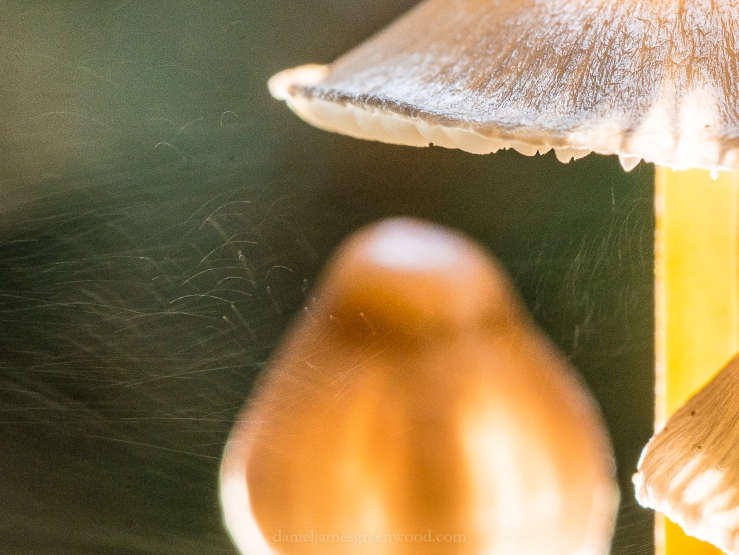
Just to illustrate, above you can see spores being released from a bonnet mushroom. This was taken with a high-resolution camera and lens, with some additional lighting. I didn’t know this had been captured until I looked at the photo later on my computer.
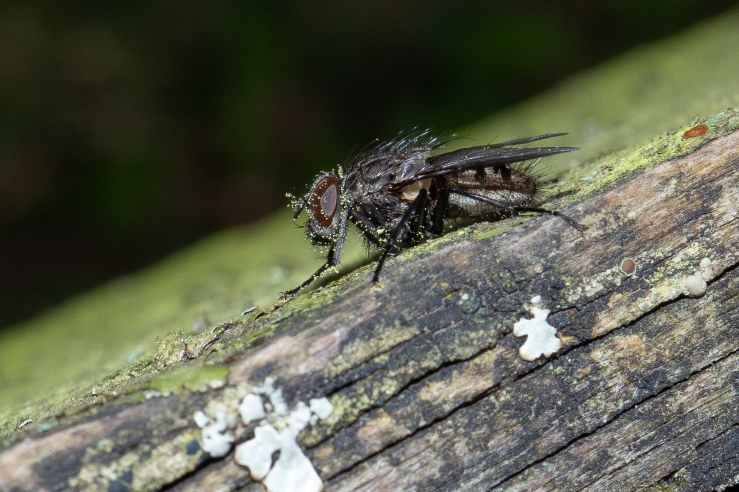
Back to this week and there are signs of winter coming to an end and the return of some mushrooms. This fly has what I guess might be goat willow pollen on it, meaning that they’re flowering and spring, it cometh.

The truest sign of winter going back to where it came from is these froggy peeps, about a week later than 2019. More from them in a bit, if I find the time. Rebbit. Soon enough they’ll be sheltering under toadstools in the woods, where they belong.
Thanks for reading.
